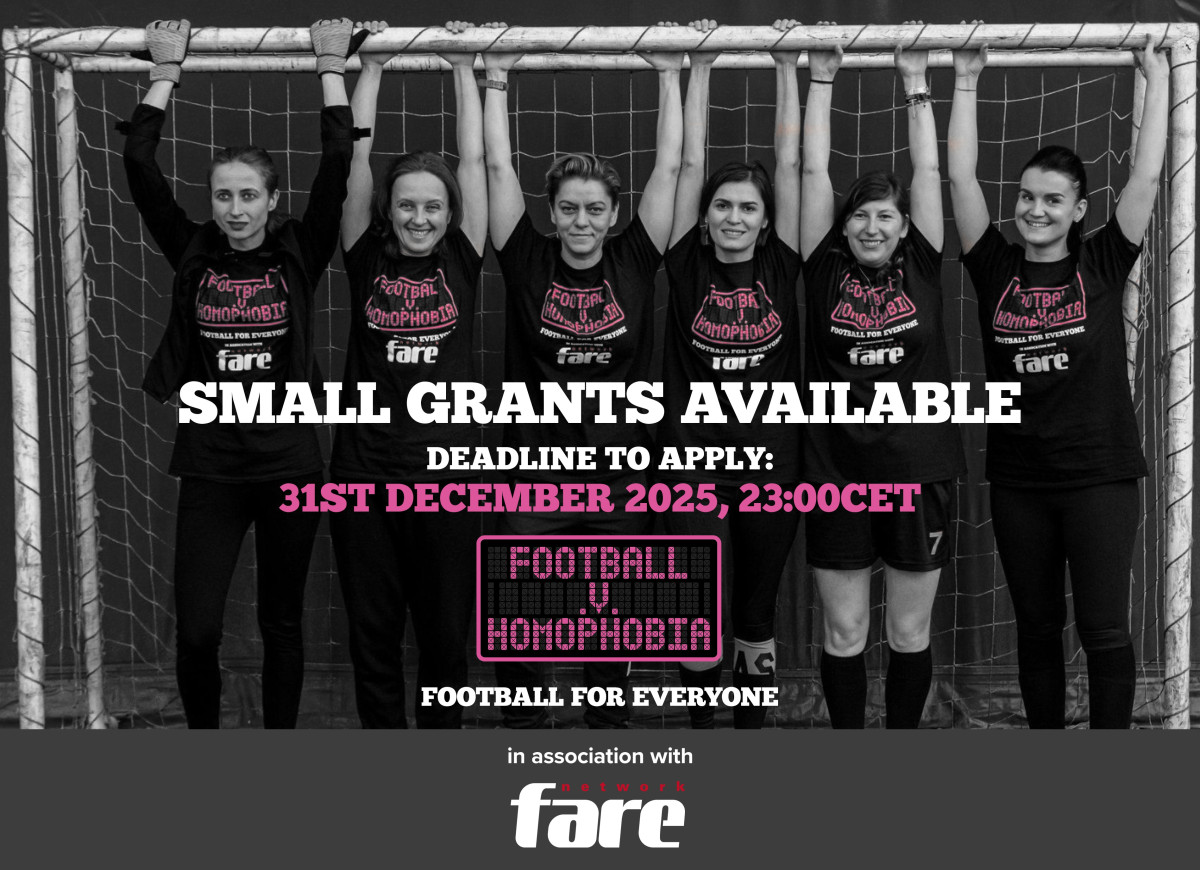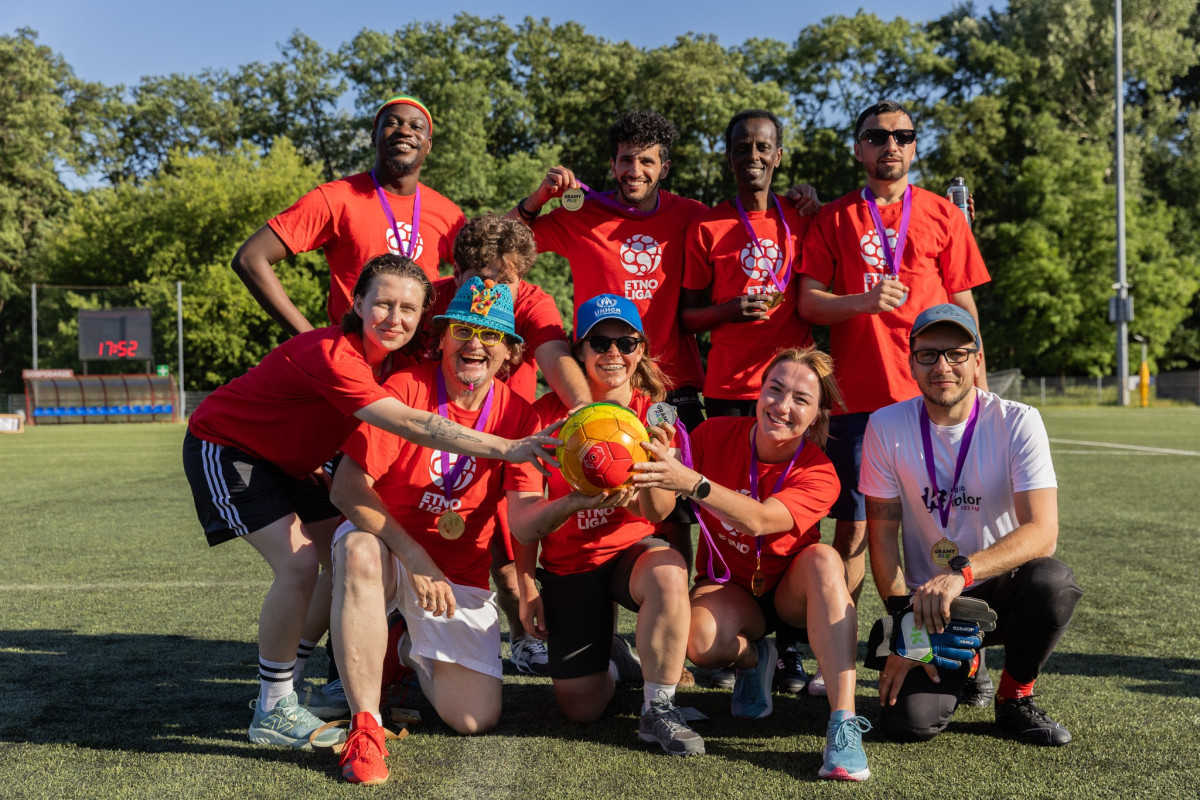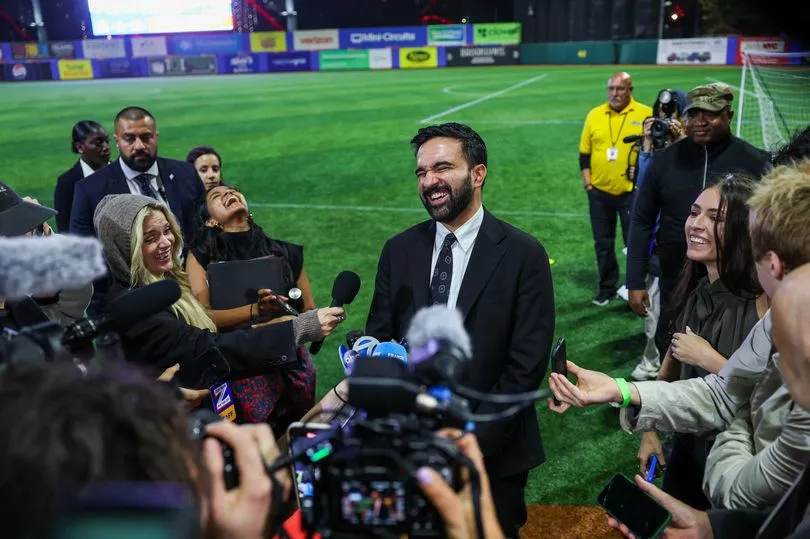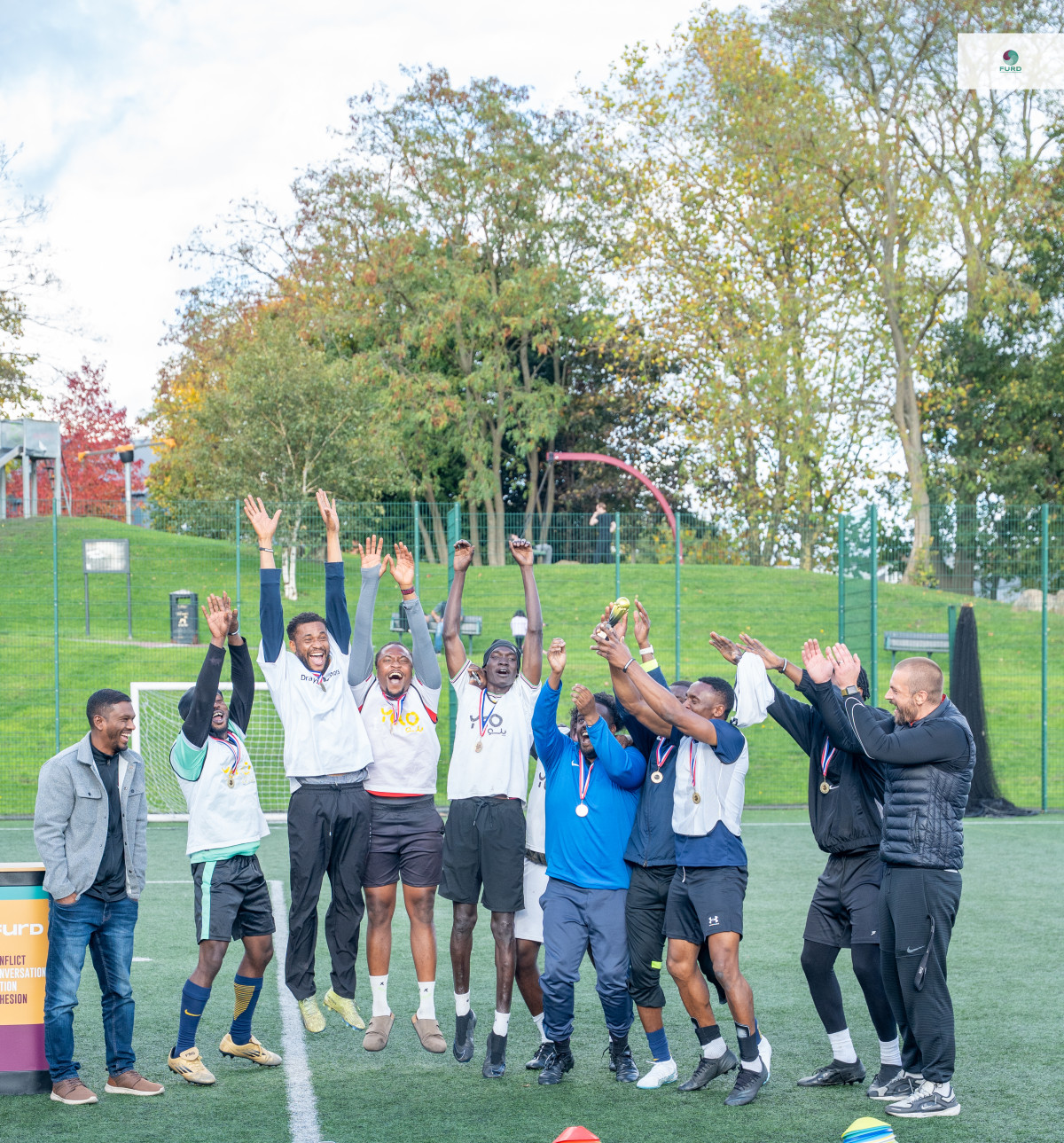Nelson Mandela's ideal of non-racialism is still a distant dream on the playing fields of South Africa two decades after the demise of apartheid. Cricket and rugby remain bastions of the white minority, while football continues to be seen as a preserve of the black majority, the government research shows.
Willie Basson, a member of the sports ministry's panel overseeing racial transformation, admitted:
"The processes to change the face of sport over the past 20 years have been largely ineffective."
While South Africa's victory on home soil in the rugby World Cup in 1995 – when President Mandela donned a Springbok jersey, a symbol of Afrikaner identity, and presented the trophy to the team's white captain, Francois Pienaar – was seen as a defining moment of reconciliation for the nation, it appears to have had less impact on the sport itself.
But the report, marking the 20th anniversary of multiracial democracy, suggests that in sporting terms the rainbow nation remains a trick of the light. The number of black people in rugby and cricket teams would have to increase threefold to reach the official target of 50% representation.
Most of the country's top performers at the London 2012 Olympics – including gold-medal swimmers Chad le Clos and Cameron van der Burgh, and double amputee sprinter Oscar Pistorius – are also white.
Some of the reasons are economic: many of the top cricket and rugby-playing schools remain outside the reach of poor black people. But Alec Moemi, a senior official in the sport and recreation ministry, told AFP that discrimination is also at work.
"There are still selectors who are racist, who will not select a talented black player just because he is black," he said.
"National teams should be selected on merit" says sports minister
In football the situation is reversed, with white players virtually absent from major teams, the sports ministry noted. Although white people turned out in numbers for the 2010 World Cup, it appears to have had little long-term impact on that community's interest in the sport.
More than 80% of South Africans are black, while under 10% are white. A national development plan for 2030 has the target of making teams more representative of demographics.
A sports ministry white paper last year stated: "The racial composition of national teams should not be advocated, nor should national federations be prescribed to on how they should select their teams. National teams should be selected on merit but transformation should be implemented at school/youth levels to prepare a broad basis of athletes for participation at higher levels in future."
Fikile Mbalula, the sports minister, caused controversy last month by suggesting racial quotas should be increased to 60:40 in favour of black players. He reportedly noted a "lack of willingness in implementing transformation, especially the enforcement of quotas" and warned that funding and "the national colours of any federation that is hell-bent on the current set-up and status quo will be withdrawn".
But earlier this week he appeared to backtrack after meeting white interest groups.
"We are not imposing any solution," he said, stressing that authorities had a "bottom-up" approach aimed at helping young players develop.
"We must talk about infrastructure and the question of facilities," he said, calling for a "levelling of the playing field" between impoverished black schools and wealthy, formerly whites-only schools. "Until each and every school gets a trainer that focuses on sport development, we will not be able to make the progress that we want."
At a separate event, Mbalula landed in diplomatic hot water when he tried to elaborate further.
"You can't transform sports without targets," he said, qualifying this by adding that South Africa would not be like Kenya and send swimmers to the Olympics to "drown in the pool" – provoking a Twitter backlash from irate Kenyans under #SomeoneTellSouthAfrica.
From The Guardian





